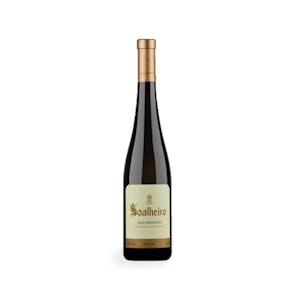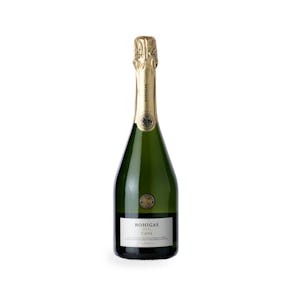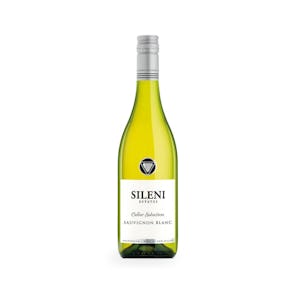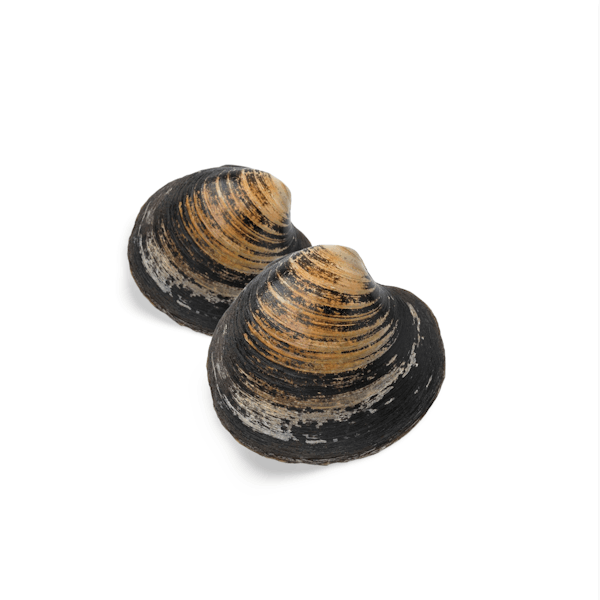
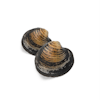
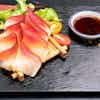
Nama Hokkigai Karatsuki (Japanese Sakhalin Surf Clam Sashimi Grade)
Unique in look and taste
TASTING NOTES FROM THE CURATOR
The Nama Hokkigai Karatsuki is a wild/tennen clam from Hokkaido, Japan. The word “karatsuki” means “with shell,” and this hokkigai indeed arrives to you chilled, with its whole shell intact. It’s sashimi-grade, as well, and hokkigai is a popular Japanese delicacy usually enjoyed as sushi or sashimi.
Its shell is a dark sand color, often times bordering on almost black. They’re filled with a plump, succulent meat that has a mild aroma. The meat is pale when raw, and when boiled or put in hot water, the tip turns a dark purple or red color. It’s juicy, giving a slight crunch, and a delicate, sweet flavor.
PREPARATION AND PAIRINGS
While Japanese Sakhalin Surf Clams are okay to eat raw, they have a better texture cooked. You can boil them a little first, before slicing to serve as sushi or sashimi. You can also sauté them in butter, and season with a bit of soy sauce, as well. You can also grill them with butter, or use them as ingredient in curries or soups.
THE ART OF RAW FISH
A classic and iconic Japanese delicacy, sashimi usually consists of thinly sliced pieces of fresh raw fish or meat. Although many non-Japanese people often confuse the words “sashimi” and “sushi,” or even use them interchangeably, they are, in fact, different. Raw fish is an ingredient in both, but sushi refers to dishes made with vinegared rice. While sashimi is always served as is, on its own.
“Sashimi” means “pierced body,” with “sashi” meaning pierced or stuck, and “mi” meaning body or flesh. There are two possible origins to the word. The first is that it might have come from the practice of sticking the fish’s fin or tail into the slices in order to help the consumer identify what they are eating. Another possibility could pertain to a traditional harvesting method, the “ikejime” process, which involves piercing the fish’s brain with a sharp spike immediately as it is caught, and placing it on shaved ice. The immediate death prevents the fish from obtaining too much lactic acid, and will therefore keep fresh on ice for longer.
Storage Instructions
Store your fresh shellfish in the fridge, keeping the temperature between 0 to 5°C. Place it in a bowl with ice at the bottom—or if you have the room, place ice in a large bowl, then place the shellfish in a slightly smaller bowl to sit in the large one—and cover everything up with a wet paper towel. To enjoy them at their freshest, please consume them within 48 hours.

